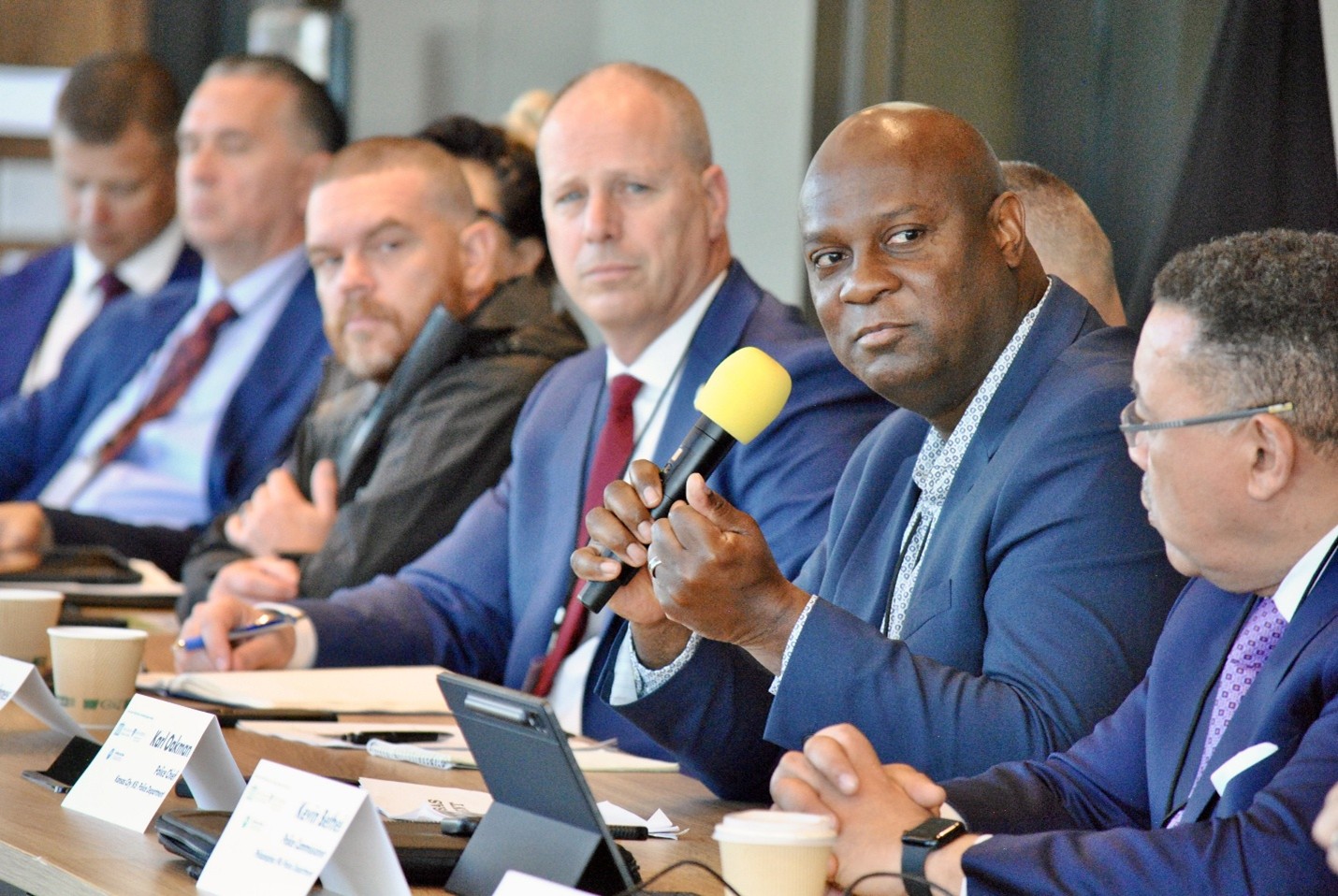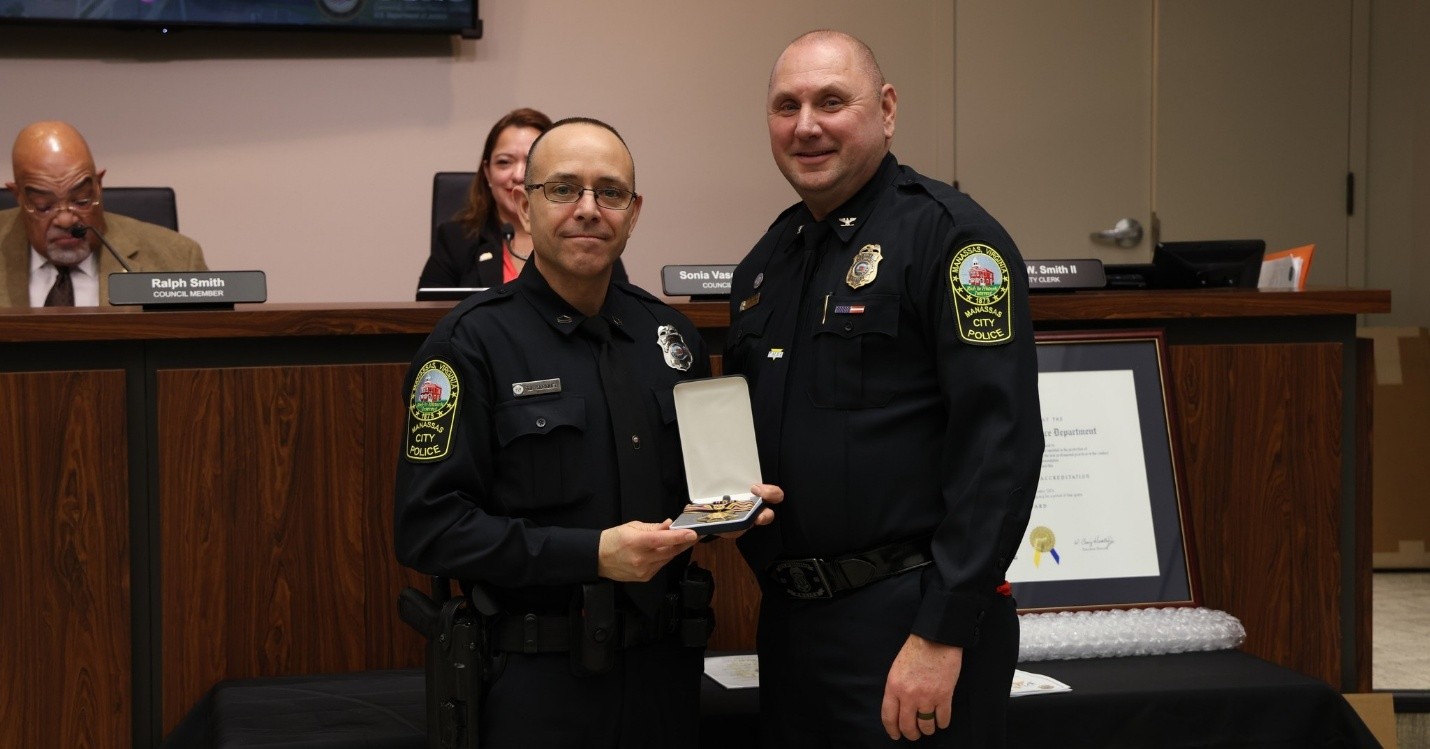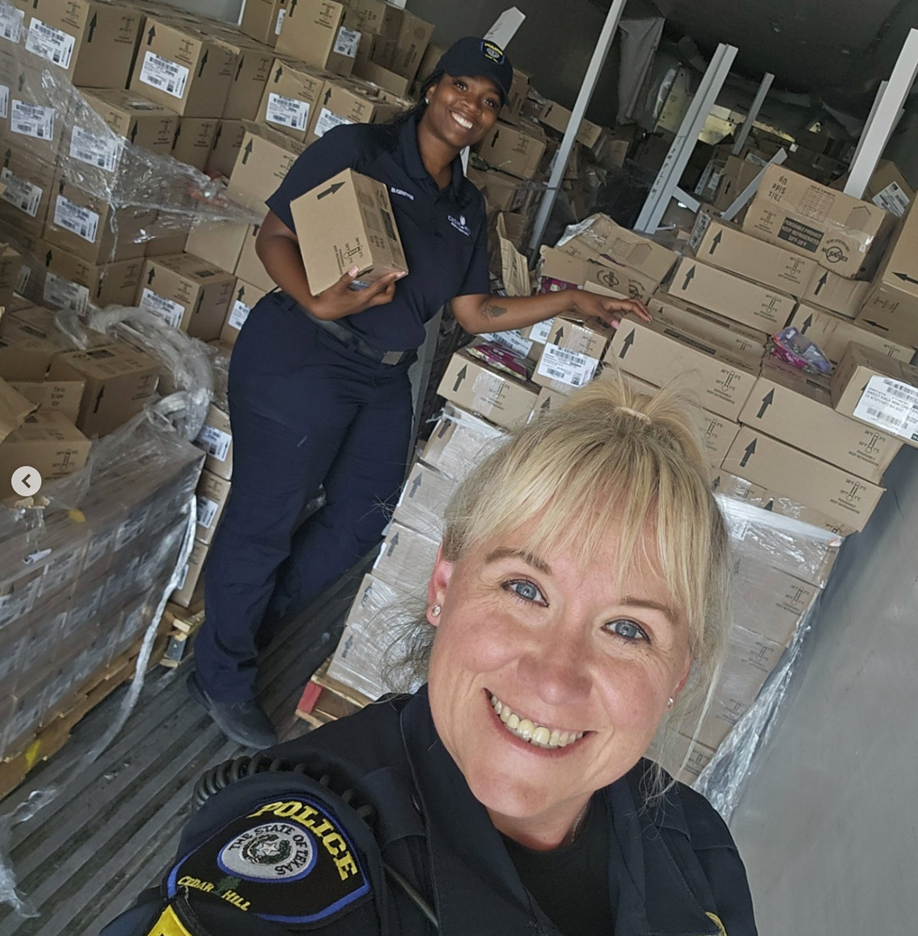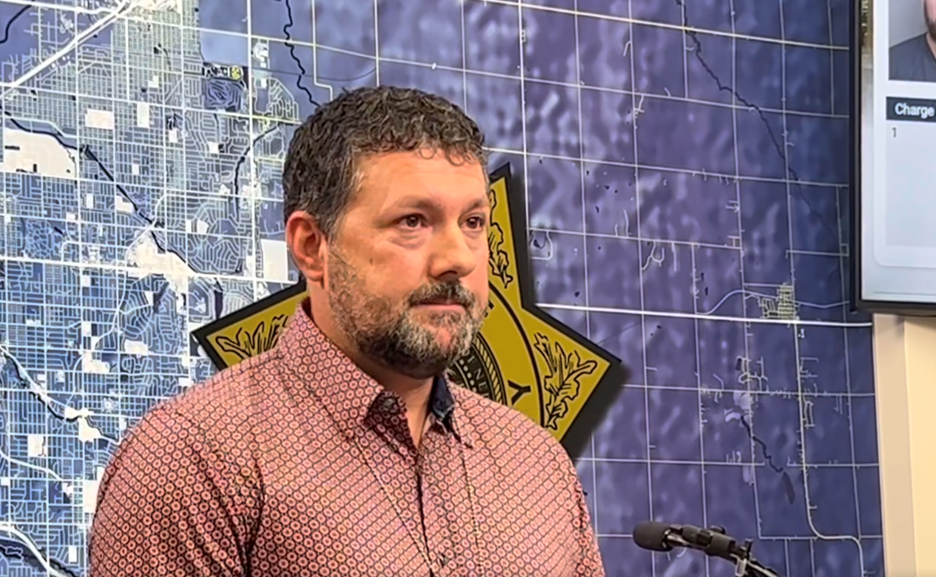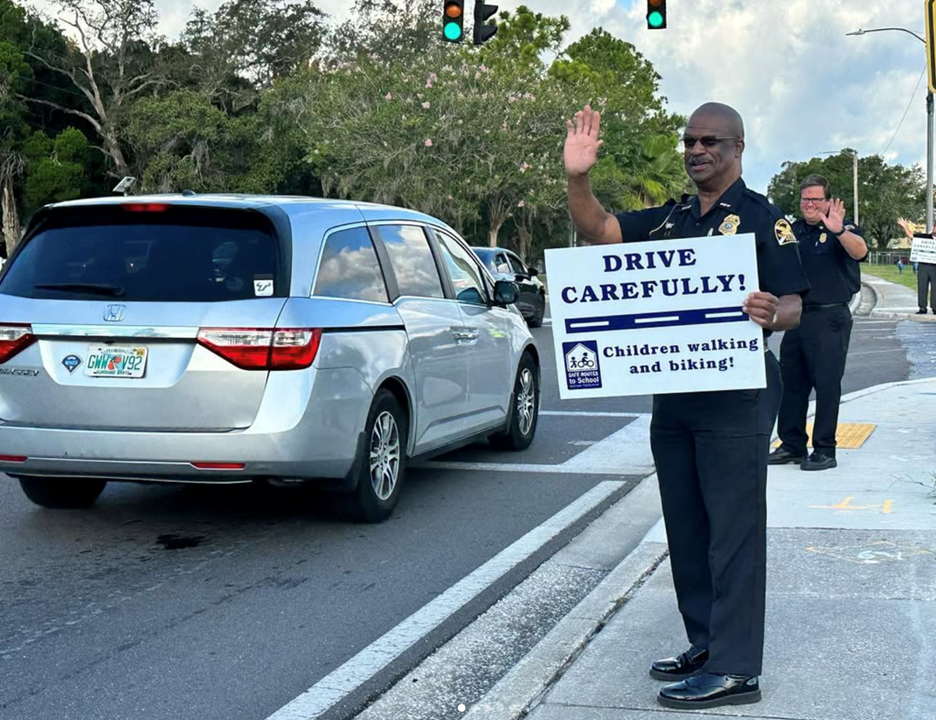|
October 4, 2025 Strategies to reduce juvenile crime
PERF members, Law enforcement agencies continue to struggle with youth crime, and the problem can seem intractable. For years—during PERF meetings and on research projects—law enforcement, prosecutors, government officials, and others have expressed frustration about juvenile offenders and the lack of effective interventions to stop a young person's troubling behavior from escalating. These challenges were at the forefront of the discussion during PERF’s 2024 National Summit on Carjacking and our resulting publication, The Carjacking Crisis: Identifying Causes and Response Strategies. Many people arrested for carjacking are juveniles, some as young as 12 years old. And carjacking is usually violent, with most incidents involving firearms. “Most of the offenders are youth,” Inspector Paul Lough of the Milwaukee (Wisconsin) Police Department said at the summit. “We see a pattern where they have a lengthy arrest record for auto theft before they rise to carjacking—they’re coming in and saying it’s no longer cool to simply steal cars. . . . So we’re kind of seeing an escalation in the behavior.” A key insight from the summit was that addressing this crime and reducing juvenile involvement requires comprehensive strategies that extend beyond the traditional criminal justice system. This summer, PERF, in collaboration with the Maryland Governor’s Office, hosted a meeting to highlight programs from seven different law enforcement agencies across the country that are engaging innovatively with youth. Each agency’s program is centered around prevention, intervention, and service provision for youth and their families. These programs effectively discourage young people from engaging in criminal conduct or redirect those who have already committed crimes. Following are brief summaries of those seven programs. PowerPoint presentations containing much more information about these programs, including contact information for follow-up, can be found here. 1. Kansas City (Kansas) Police Department (KCKPD) Kansas City Police Department (KCKPD) Chief Karl Oakman discovered through a survey that the city has a significant number of unlicensed drivers, particularly in urban areas. In turn, young drivers in urban areas are more likely to enter the court system for driving without a license and to face challenges managing associated fines. As Chief Oakman noted, “Often the first interaction between a community member and police is a negative traffic encounter—and most use of force incidents occur during traffic stops—so preventing these has multiple benefits.”
KCKPD Chief Karl Oakman speaks at PERF’s 2024 meeting on the opioid epidemic in Washington, D.C. In 2022, KCKPD launched a driver's education program taught by officers using unmarked department vehicles. Since then, 340 young adults have obtained their licenses, which in turn has given them opportunities to develop other valuable skills as well. This successful and innovative program also reduces the likelihood those drivers will incur tickets and be involved in accidents in the future. It also has the added benefit of enhancing the department’s recruitment efforts by fostering a positive relationship between young people and the police. 2. Manassas City (Virginia) Police Department (MCPD) In 2019, MCPD developed the Community Vitality Officer Program aimed at reducing juvenile-involved crimes by enhancing community relations through engagement, education, and empowerment. Community Vitality Officer Thomas Rodriquez emphasized, “We cannot police without the community, so community stakeholders need to be involved in conversations about developing programming. And programming needs to go to where the community is.”
Manassas Officer Thomas Rodriquez (left), with Chief Doug Keen, accepting the city’s Community Vitality Officer Award. Source: City of Manassas Two key components of this program are the Parent E3 Series and Team Quest. Through the Parent E3 Series, MCPD works in collaboration with caregivers to address at-risk behaviors among youth such as absenteeism, dating abuse, and violence. It empowers parents to have important and meaningful conversations about these issues with their children. Team Quest is an early intervention strategy for at-risk youth, providing them with mentors and interactive learning opportunities. 3. Cedar Hill (Texas) Police Department (CHPD) CHPD’s Police and Community Team (PACT) officers make up 10 percent of the department’s approximately 70 personnel. Each year, these officers run a three-day Youth Summit. PACT Sergeant Ashley Novian-Hodgson emphasized, “It’s possible to do these events with a small budget and a few officers!”
Cedar Hill Police Department Sergeant Ashley Novian-Hodgson (right) helps deliver food donations to local charities. Source: Instagram During the summit, young people learn about the CHPD and many aspects of its operations—like crime scene investigations—and engage with officers during field day events. Initially, the program served 20 children each year; now, attendance is capped at 75 children per camp session because of its increasing popularity and high demand. 4. Lincoln (Nebraska) Police Department (LPD) In 2015, LPD launched Project Restore, a pre-charge diversion program for youth referred following school-related disturbances or assaults. Participants commit to a restorative justice process and meet with their victims to discuss the incident’s impact and explore potential remedies and outcomes. Assistant Chief Jason Stille said, “Initially, youth from one of our communities disproportionally declined the services we offered, so [they] were more likely to get charged. This was largely because they had less trust in services offered by a police department. To address this issue, we partnered with a nonprofit already working within the community to help build trust and encourage them to accept our services.”
Lincoln Police Department Assistant Chief Jason Stille speaks at a recent press conference. Source: KFOR Radio/Facebook Researchers from the University of Nebraska are measuring the program's effectiveness and have found that more than 80 percent of participants have not reoffended, compared to about 60 percent of nonparticipants. In 2015, LPD started Tipping Point to prevent and suppress violent gang activity by providing youth with support, services, and prosocial activities. Gang Unit Lieutenant Jeff Sorensen described the program’s philosophy: “You can’t reduce gang ideology and involvement with suppression tactics alone. Suppression is just waiting at the end of the conveyor belt. Intervention is reducing the number of young people getting on the belt.” From 2015 to 2024, there was a 51 percent decrease in gang-related incident reports. 5. Longmont (Colorado) Department of Public Safety (LDPS) In 2017, LDPS, along with city and community stakeholders, initiated the pre-charge deflection program, Rebuilding Expectations and Walking in New Directions (REWiND). Youth who have committed misdemeanors and felonies (with some exception for specific offenses) are eligible. REWiND provides them and their families with services and resources, including mental health and family counseling, service-learning programs, and recreational programs. Since 2019, juvenile court cases in Longmont have dropped by more than 90 percent, and recidivism rates have declined by 10 percent. Assistant Chief John Garcia highlighted these key principles: “Development of these programs must be evidence-based and data-driven. Additionally, the services a young person receives under the program need to be specific to them and their needs.” 6. Phoenix (Arizona) Police Department (PHXPD) In 2024, PHXPD launched the Youth Violence Reduction Program to help stop violence at large house parties. As part of the effort, officers gather information to identify party promoters and prevent events before they happen. After an incident, they also work with property owners to help avoid future problems. In the spring of 2024, there were two to three party-related shootings each weekend. However, after the program’s implementation, there were only three party-related shootings from June through August 2024. Commander David Saflar noted, “The community hasn’t given any negative feedback about increased enforcement around these parties. They are happy that these parties have decreased before they become a bigger issue; this also improves their quality of life by reducing noise violations.” 7. St. Petersburg (Florida) Police Department (SPPD) The SPPD Second Chance Program is designed for youth who have no prior criminal history and are charged with a misdemeanor. Instead of going through the court system, participants complete a day of volunteer service and receive individual and family support and services. Between 2019 and 2021, 68 percent of program participants did not reoffend—significantly outperforming their nonparticipating peers. SPPD’s Forward Together offers a range of support services for justice-involved youth who may no longer qualify for diversion programs, as well as for their families. The program has led to a sharp drop in recidivism—73 percent of youth participants have not been re-arrested, and those who were faced less serious charges. The Habitual Offender Monitoring Enforcement (HOME) program focuses on the small percentage of youth who commit the most crimes, providing intensive services to those with five or more felony convictions. HOME officers monitor each youth’s location using GPS and conduct random home visits. From January to March 2025, intensive supervision for youth dropped by about 52 percent, while curfew and compliance checks declined by 25 percent, compared to the same period in 2024. SPPD Chief Anthony Holloway discussed the philosophy behind his agency’s programs. He noted, “We need to focus on real solutions such as prevention, community programs, youth engagement, and wraparound services for families. When a family is in ‘survival mode,’ they are unable to partner effectively with law enforcement, which increases the likelihood of young people reoffending. These solutions allow us to reach youth before they commit crimes.” This principle was a common theme throughout the department's programs.
SPPD Chief Anthony Holloway participates in a back-to-school safety event. Source: Instagram These programs demonstrate that police agencies can be powerful agents of change—not only through enforcement but also through prevention, early intervention, and sustained support for youth and their families. All too often we view prevention as "soft policing," when in fact, if we prevent a crime from happening in the first place, we have one less victim and one less offender. The participants at our day-long meeting provided excellent examples of ways departments are taking on the challenge of juvenile crime in ways that are making differences in communities across the country. Best, Chuck |

